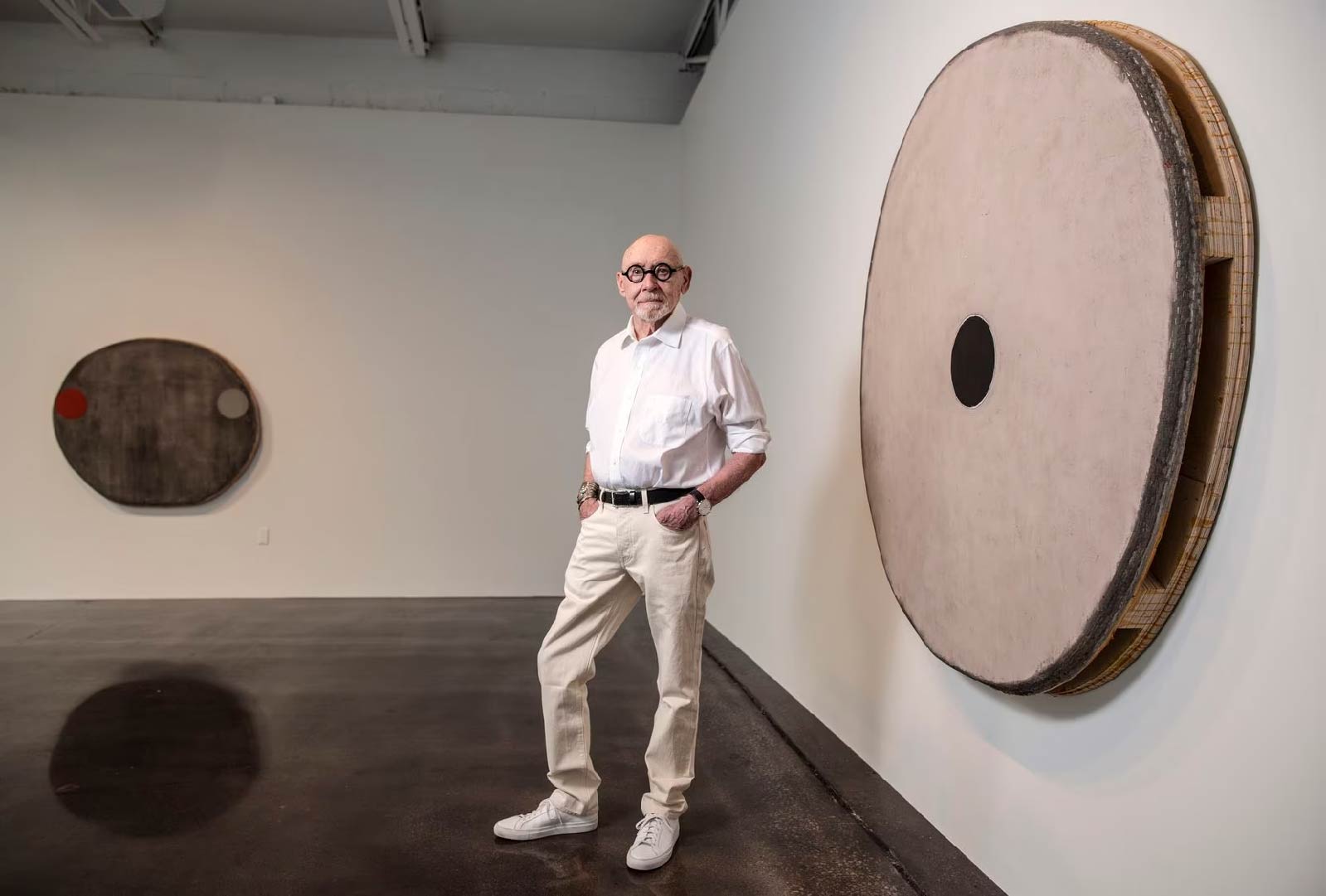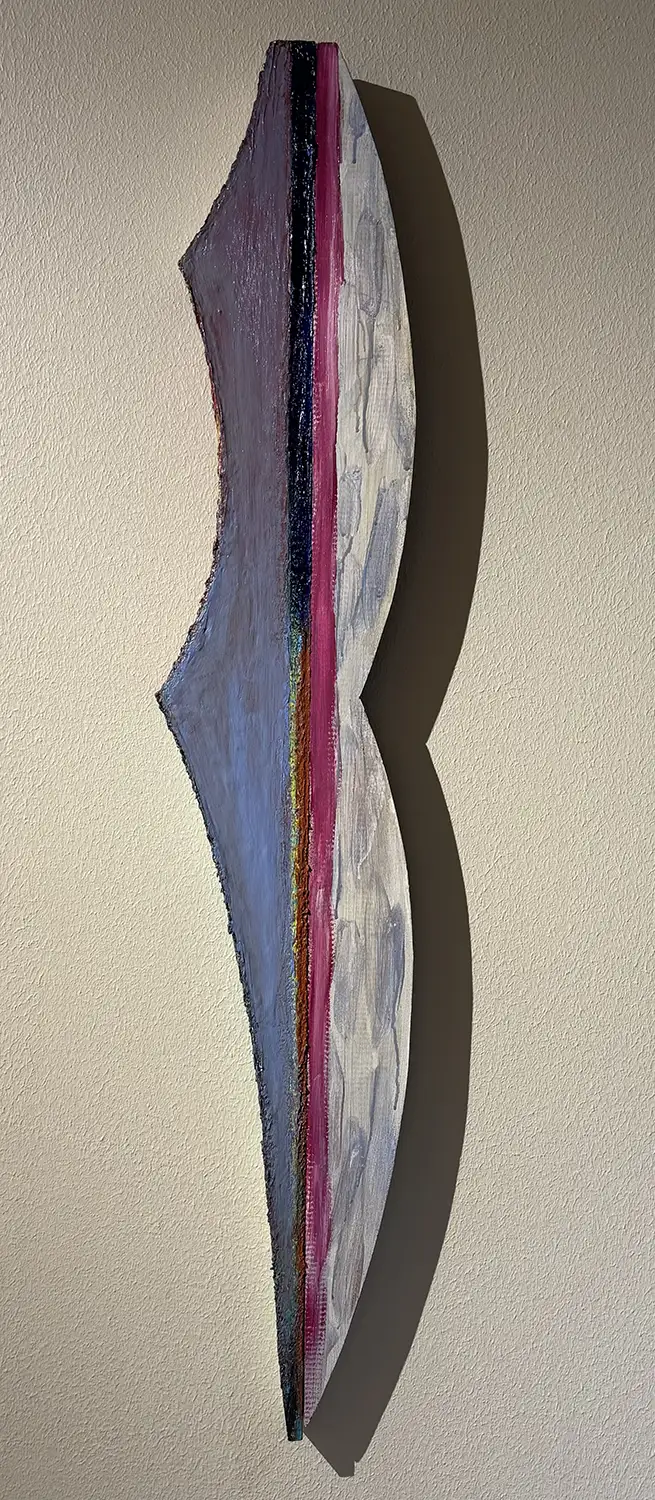Otis Jones

(b. 1946)
Otis Jones was born in Galveston. His father’s work required frequent moves, so Jones never stayed in one place long, moving to numerous small towns throughout the southern U.S. He and his mother eventually settled in Oklahoma when Jones reached high school age. Though never exposed to art, Jones always liked to draw and decided as a young child that he wanted to be an artist. He spent summers on his grandfather’s farm in Missouri where he was encouraged in his efforts to draw and make things. It was here that Jones learned to appreciate the aging process of manmade objects as he observed farm equipment that rusted, weathered and broke only to be patched up and repaired to extend its useful life.
Jones earned his BFA from Kansas State University in 1969 and his MFA from the University of Oklahoma in 1972. Although his work has been compared to that of the Minimalists, Jones considers himself an essentialist. His primary concern is the physicality of his work. He builds up the surface with multiple layers of paint, then scrapes and sands off sections before adding yet more paint to create a dialogue of textures and colors. His paintings and sculptures are architectural in dimension, and though they often appear monochromatic in tone at first glance, closer inspection reveals the subtle layers of color.
Jones is represented in many Texas museum collections including the Tyler Museum of Art, the Witte Museum in San Antonio, the San Antonio Museum of Art and the Museum of Fine Arts, Houston, as well as the Nelson Atkins Museum of Art in Kansas City.
Art on Campus
DILTHRO
Year: 1985
Medium: Acrylic on Carved Wood
Location: Nursing, First Floor
Gift of Betty Moody in Memory of Clint Willour and Reid Mitchell
This wall sculpture is comprised of two carved pieces of wood bolted together on the back side. Jones typically draws a shape on a sheet of butcher paper and then gives it to a carpenter to purposely cut in a crude manner. Jones then works through an orderly process of adding and subtracting layers by painting, scraping, and sanding. The final result is a deceptively complex work of art with subtle textures and colors emanating from all sides and every edge.
Jones said of his art:
If one has ever picked up a rock or stick and for some reason taken it home, then they have all the knowledge they need to understand my work. However, if the work doesn’t speak to them, just move on to something that does. Specific meaning is usually overrated, at least in my mind.
The unusual title of this sculpture is a total fabrication and has no meaning except to separate it from other works. During the 80s, Jones used the names of small towns or made-up words that sounded interesting to him. His more recent titles are direct descriptions of the works.

